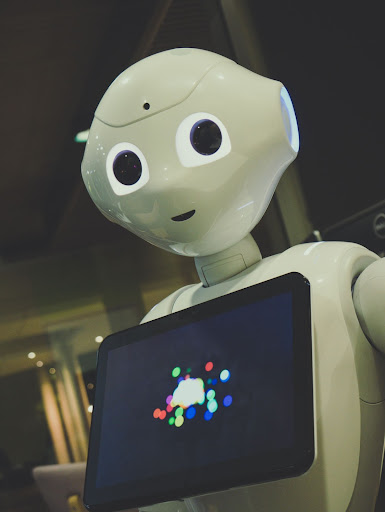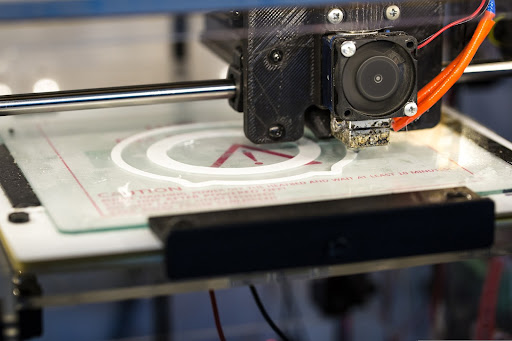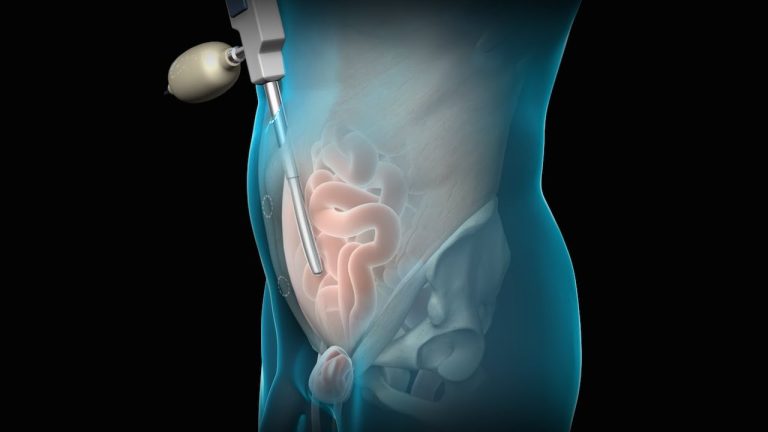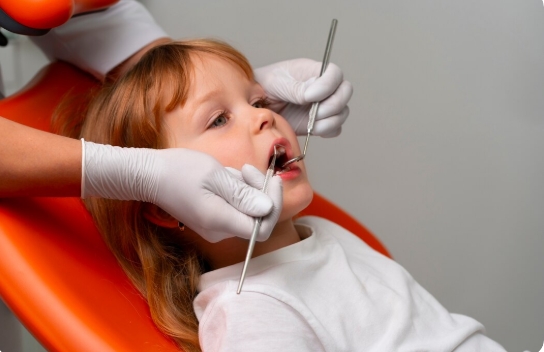
Technological innovations have had a tremendous impact on human life. The Discovery of the radio, the telephone, the electric bulb, the steam engine etc., were revolutionary changes. These discoveries fundamentally altered how people lived their lives. Technology makes people’s lives convenient. However, it also becomes outdated very soon.
People are in the throes of a new technology revolution in the twenty-first century. The present age will be dominated by automation, artificial intelligence, 3D printing etc. The widespread adoption of these technologies will impact all facets of human life, from business to medicine to defense.
Table of Contents
Technologies Innovations To Look Forward To In The Twenty-First Century
PTZ Broadcast Cameras That Improve Audience Engagement
The field of mass communication has seen steady changes in the last few decades. With the introduction of social media, the traditional model of audio-visual content creation has undergone a radical change.
Today, people want not only to consume content but they want to participate in live broadcasts. PTZ or pan-tilt-zoom cameras can pan, tilt and even zoom in on an area. All these features ensure that the final output is much better than traditional cameras. Moreover, the PTZ camera broadcast allows for live streaming. The PTZ cameras have thus played a huge role in boosting host-audience interaction.
Plastic Overmolding That Improves Product’s Functionality
Overmolding is molding one material over another to create a seamlessly fused useful material. In plastic injection overmolding, plastic is over-molded on other materials to improve the overall performance of products. The first part is created by inserting material into a metallic mold. A second material is then over-mold on the first part.
Plastics are sturdy, durable and they can withstand wide variations in temperature. Thus when plastics are molded onto another material, the performance of the combined molded material improves. Many kitchen appliances, medical equipment, drills, screwdrivers, and toothbrushes use plastic overmolding. This technology has played a crucial role in revolutionizing the medical device manufacturing industry. The over-molded medical device becomes easy to operate, water-proof, abrasion-free.
Robotics That Improves Efficiency And Reduce Human Errors
Robotics is the development of robots to improve human lives. Robotics has huge applications in medicine, industry, military operations etc. In any industry, robots can reduce the chances of errors, and they can work long hours.
For instance, several steel components are welded in the automobile industry to create a car. The engine itself is a piece of complex machinery. It has multiple wires, the piston, several valves like the oil control valve that regulates the flow of oil to the engine etc. If any part is not manufactured to perfection, the final car is unsuitable for market release. Likewise, the oil and gas industry uses several valves, like a pneumatic ball and butterfly valves, also known as oil valve, which regulate the flow of oil. These valves can be used more effectively if handled by a robot. In such cases, if robots perform the jobs of workers, then the chances of errors are reduced significantly.
Robots can operate in areas where there is a danger to human life, such as rescue operations, bomb diffusion squads etc. Robots can reach inaccessible terrains like shipwrecks or underground mines as well.
In medicine, robots are used to improve precision in surgical procedures. A robot is usually more precise than a human; robotic arms make minimal incisions and thus make complex surgeries less invasive and painful.
3D Printing That Speeds Innovation
3D printing prints a layer of material or on top of another to produce a three-dimensional object. It allows the three-dimensional replication of anything seen on a computer screen. Plastic is the most widely used material for 3D printing. Yet as the application of this method widens metals, rubber and living tissue is also being used for printing purposes.
3D printing allows for rapid production of 3D objects and flexibility in creating new designs. It is cost-effective and lowers the waste produced in creating a new product. Thus 3D printing is set to change how the pharma industry, medical device manufacturing, aerospace industry, apparel and jewelry-making industry function.
Xenotransplantation To Save Human Life
Xenotransplantation, the transfer of organs from animals like pigs to humans, is still in the experimental stage. Globally there is a huge shortage for organs that can be donated. Each year several lives are lost due to chronic heart, lungs or kidney failure. Moreover, the shortage of human organs gives rise to a black market for selling organs. However, all this can be altered if xenotransplantation is successful.

Conclusion
New technologies already have and will continue to make human life easy in the coming future. However, they will also change human lives in many ways. People will have to adjust themselves and be cautious while adopting new technology. This well help them to utilize its potential fully to achieve the desired outcome.







